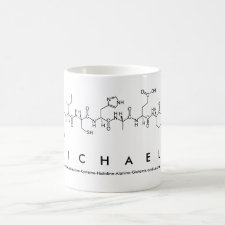
Authors: Appell M, Jackson MA, Wang LJC, Ho CH, Mueller A
Article Title: Determination of fusaric acid in maize using molecularly imprinted SPE clean-up.
Publication date: 2014
Journal: Journal of Separation Science
Volume: 37
Issue: (3)
Page numbers: 281-286.
DOI: 10.1002/jssc.201301065
Abstract: A new LC method to detect fusaric acid (FA) in maize is reported based on a molecularly imprinted SPE clean-up using mimic-templated molecularly imprinted polymers. Picolinic acid was used as a toxin analog for imprinting polymers during a thermolytic synthesis. Both acidic and basic functional monomers were predicted to have favorable binding interactions by MP2 ab initio calculations. Imprinted polymers synthesized with methacrylic acid or 2-dimethylaminoethyl methacrylate exhibited imprinting effects in SPE analysis. FA levels were determined using RP ion-pairing chromatography with diode-array UV detection and tetrabutylammonium hydrogen sulfate in the mobile phase. A method was developed to detect FA in maize using molecularly imprinted SPE analysis within the range of 1-100 μg/g with recoveries between 83.9 and 92.1%
Template and target information: analogue template, picolinic acid, fusaric acid, FA
Author keywords: food safety, HPLC, Ion pair chromatography, Molecularly imprinted polymers, mycotoxins



Join the Society for Molecular Imprinting

New items RSS feed
Sign-up for e-mail updates:
Choose between receiving an occasional newsletter or more frequent e-mail alerts.
Click here to go to the sign-up page.
Is your name elemental or peptidic? Enter your name and find out by clicking either of the buttons below!
Other products you may like:
 MIPdatabase
MIPdatabase









